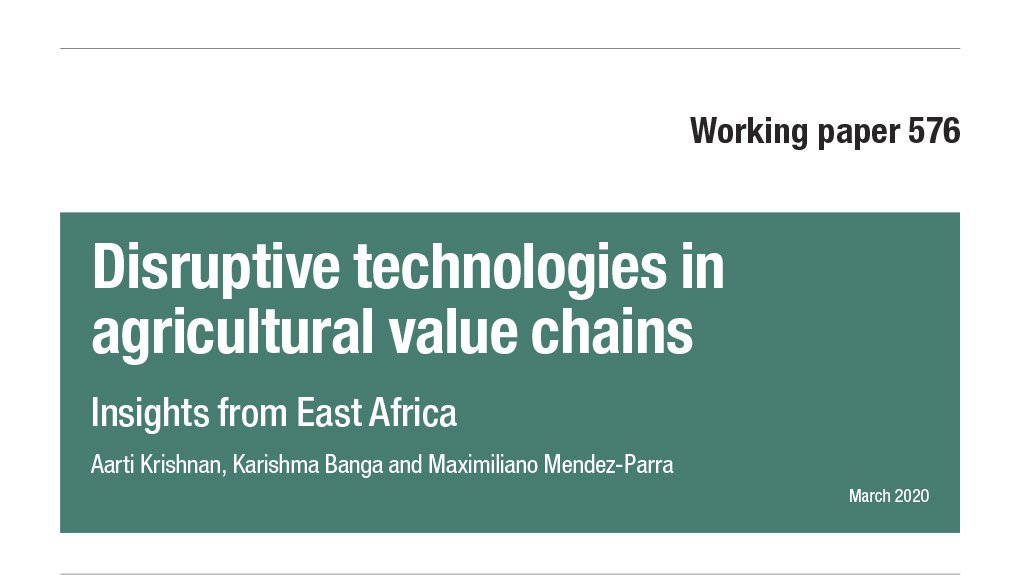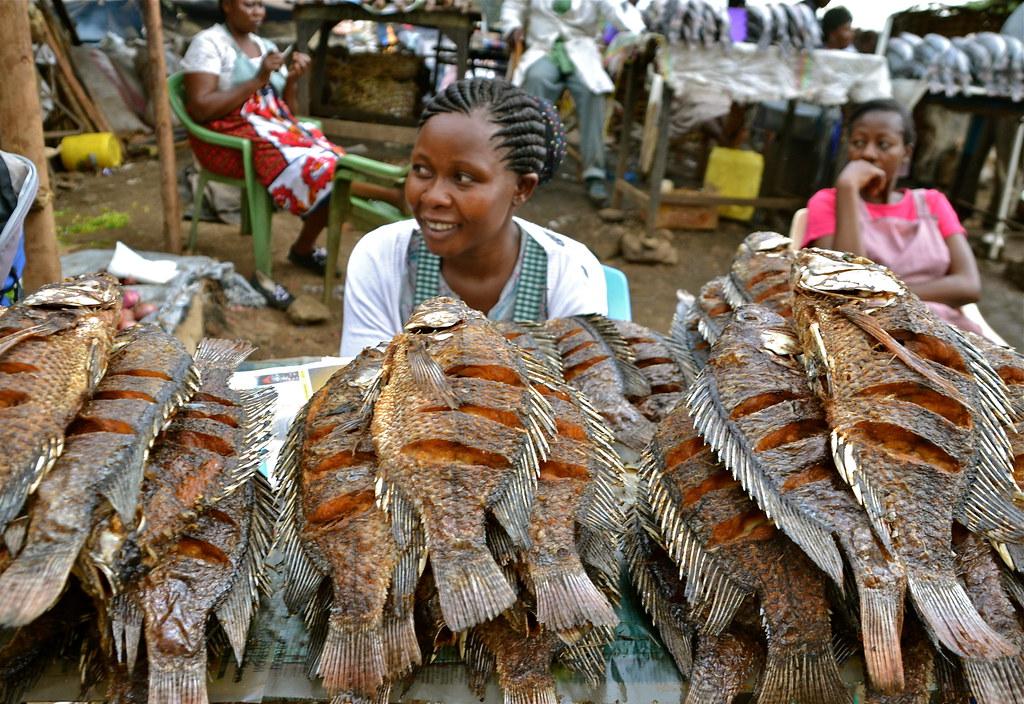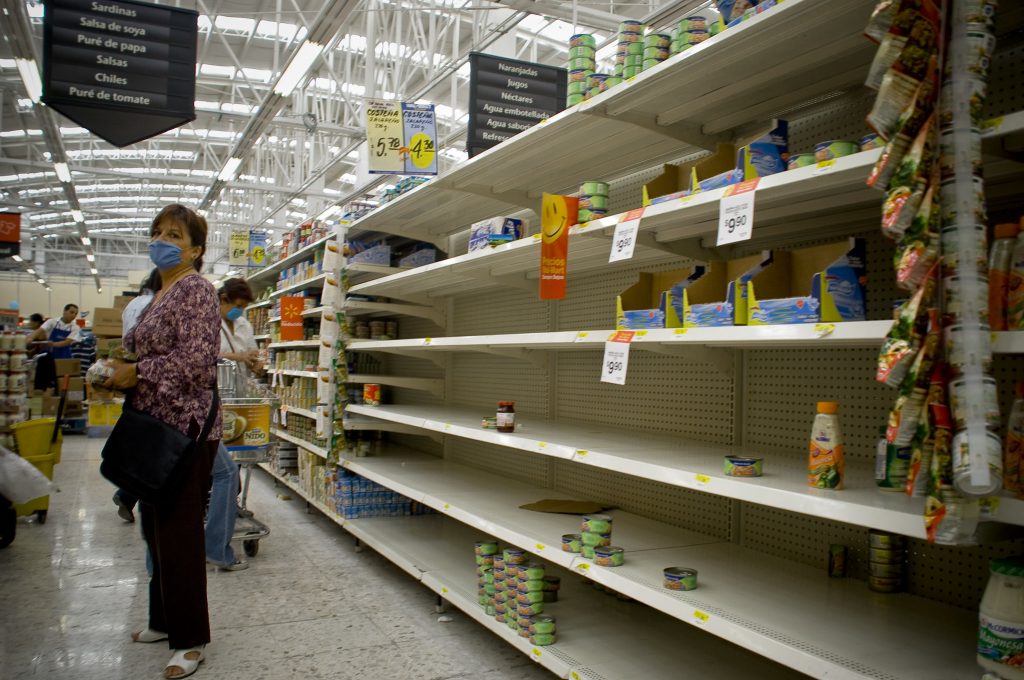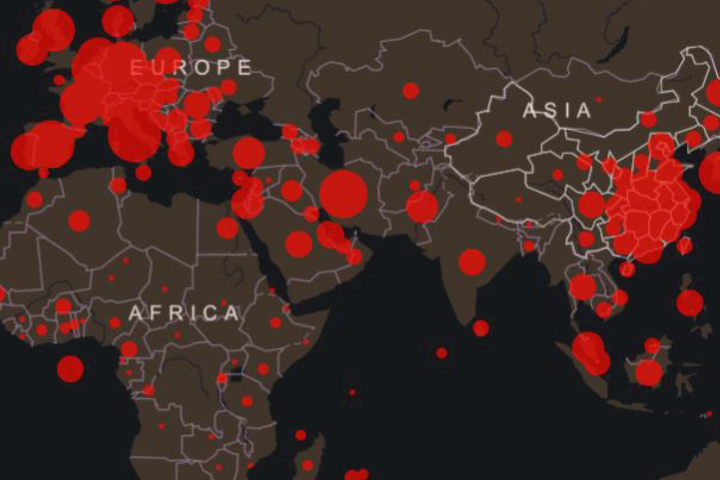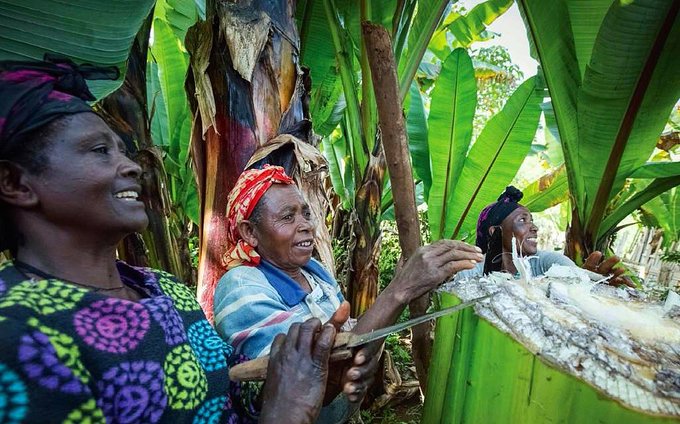31 March 2020. This webinar explored opportunities for synergies between the expansion of mini-grids and strengthening Africa’s agricultural value chains.
The Malabo Montpellier Panel’s 2019 report Energized focuses on what six African countries – Ethiopia, Ghana, Morocco, Senegal, South Africa, and Zambia – have done successfully in terms of institutional and policy innovation for energy expansion in support of agriculture and rural areas. Drawing on his experience, Professor Nuhu Hatibu will discuss in this webinar the experience
of Tanzania, Uganda and Rwanda in connecting rural areas to energy.
Linking decentralized renewables and agriculture can provide mutually beneficial outcomes across the energy-food nexus. In particular, renewable energy-powered technologies ranging from cold storage to solar pumps can accelerate agricultural growth and reduce food waste, without which food import dependency in Sub-Saharan Africa will triple between now and 2025, reaching over $110 billion.
Leveraging complementary investments in agriculture and electricity access can yield double dividends in terms of poverty alleviation. Aligning mini grid investments with agricultural development targets can maximize joint benefits from the expansion of rural electricity access and the increase in value-added along the agricultural value chains, both of which are directly linked to improved quality of life in rural communities.
CO-ORGANIZER: Power for All
Power for All is a global network of 250 organizations campaigning to end energy poverty faster by accelerating the deployment of decentralized renewable energy (DRE) solutions such as solar for home and business, mini-grids and income-generating appliances. It is committed to delivering within 10 years, access to energy for the 85 percent of the 1.1 billion people without reliable power that live in rural areas. Power for All’s mission is to accelerate this market transformation by working with public and private sectors.
The Malabo Montpellier Panel’s 2019 report Energized focuses on what six African countries – Ethiopia, Ghana, Morocco, Senegal, South Africa, and Zambia – have done successfully in terms of institutional and policy innovation for energy expansion in support of agriculture and rural areas. Drawing on his experience, Professor Nuhu Hatibu will discuss in this webinar the experience
of Tanzania, Uganda and Rwanda in connecting rural areas to energy.
- Dr. Ousmane Badiane, Malabo Montpellier Panel Co-Chair
- Dr Roberto Ridolfi, Assistant-Director-General for Programme Support and Technical Cooperation at FAO
- Prof. Nuhu Hatibu, Regional Head (Tanzania, Uganda, and Rwanda), Alliance for a Green Revolution in Africa - AGRA
- Mr. William Brent, Chief Communications Officer, Power for All
Download the report "Energized: Policy innovations to power the transformation of Africa’s agriculture and food system" (76 pages)
Linking decentralized renewables and agriculture can provide mutually beneficial outcomes across the energy-food nexus. In particular, renewable energy-powered technologies ranging from cold storage to solar pumps can accelerate agricultural growth and reduce food waste, without which food import dependency in Sub-Saharan Africa will triple between now and 2025, reaching over $110 billion.
Leveraging complementary investments in agriculture and electricity access can yield double dividends in terms of poverty alleviation. Aligning mini grid investments with agricultural development targets can maximize joint benefits from the expansion of rural electricity access and the increase in value-added along the agricultural value chains, both of which are directly linked to improved quality of life in rural communities.
Power for All is a global network of 250 organizations campaigning to end energy poverty faster by accelerating the deployment of decentralized renewable energy (DRE) solutions such as solar for home and business, mini-grids and income-generating appliances. It is committed to delivering within 10 years, access to energy for the 85 percent of the 1.1 billion people without reliable power that live in rural areas. Power for All’s mission is to accelerate this market transformation by working with public and private sectors.
Related:







